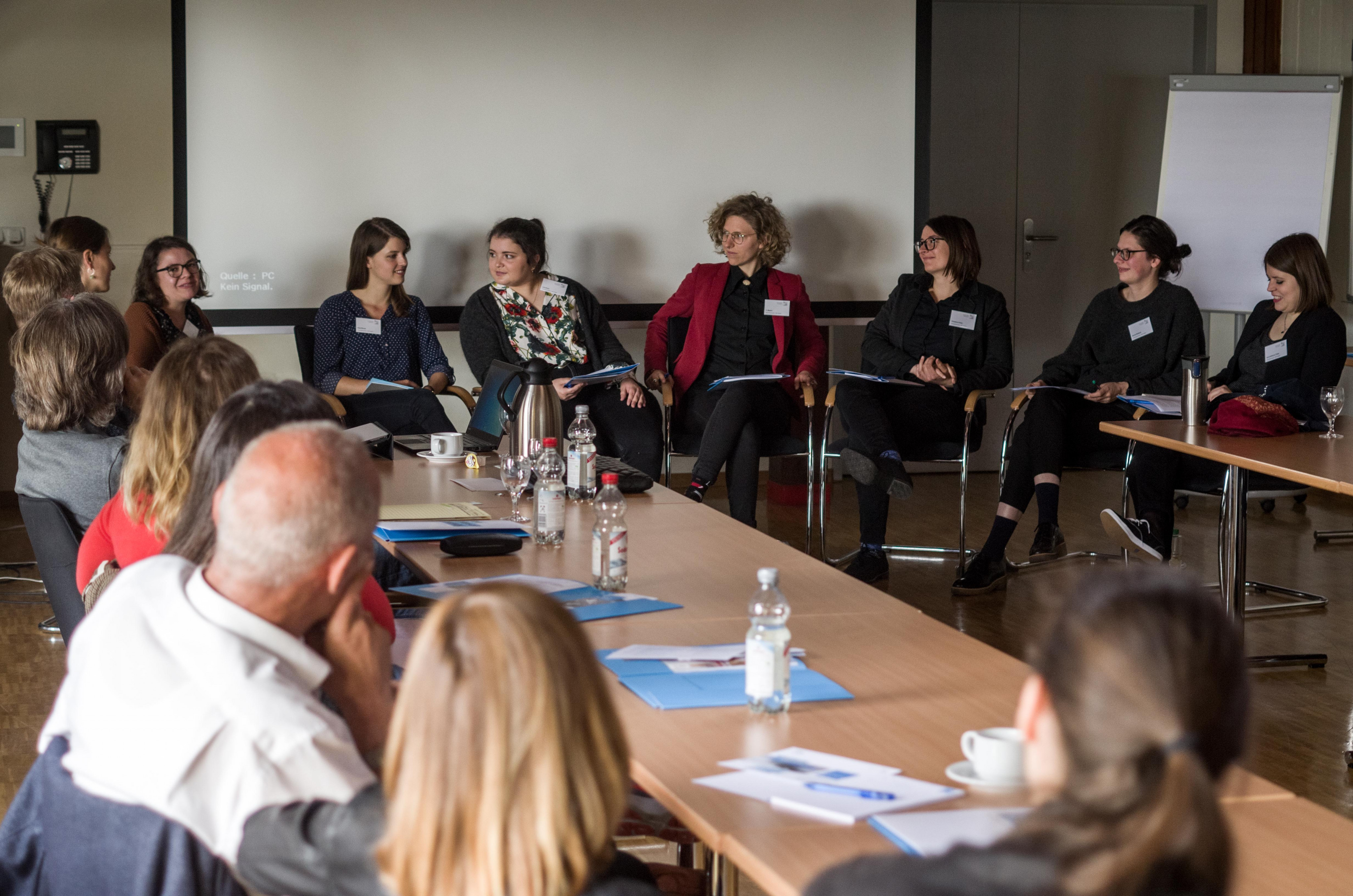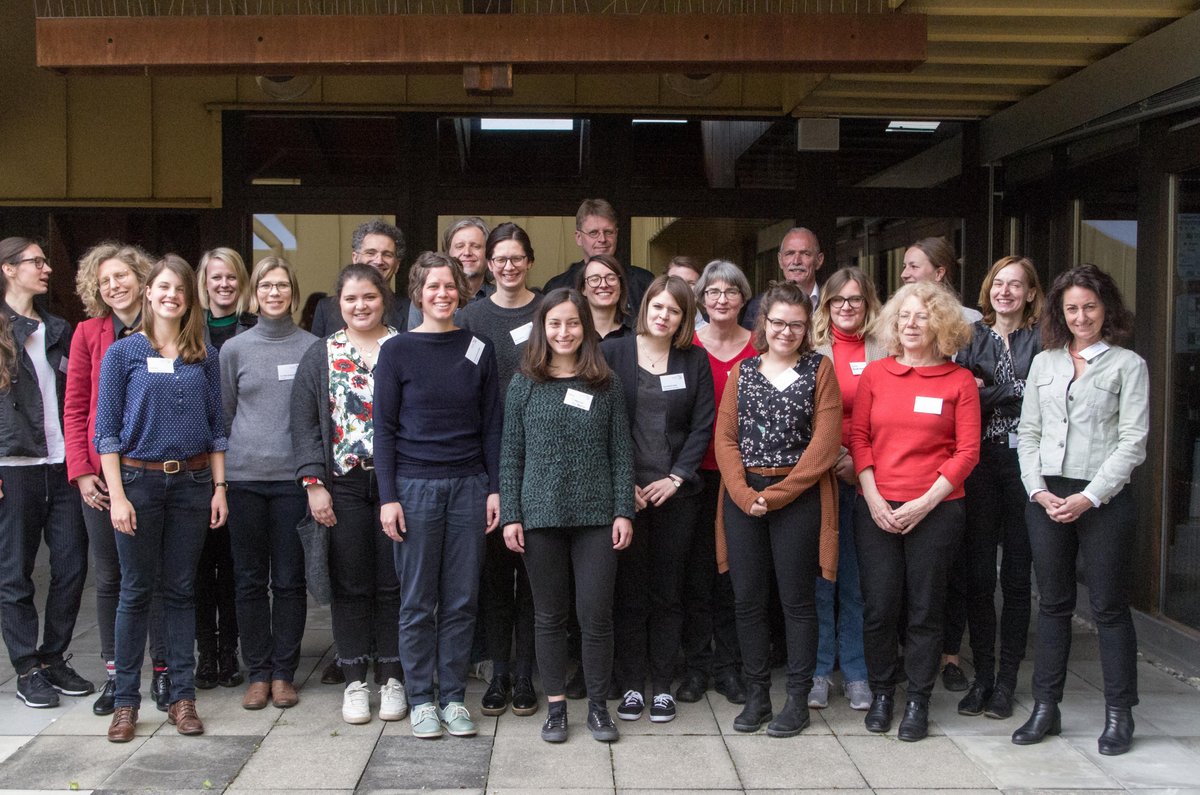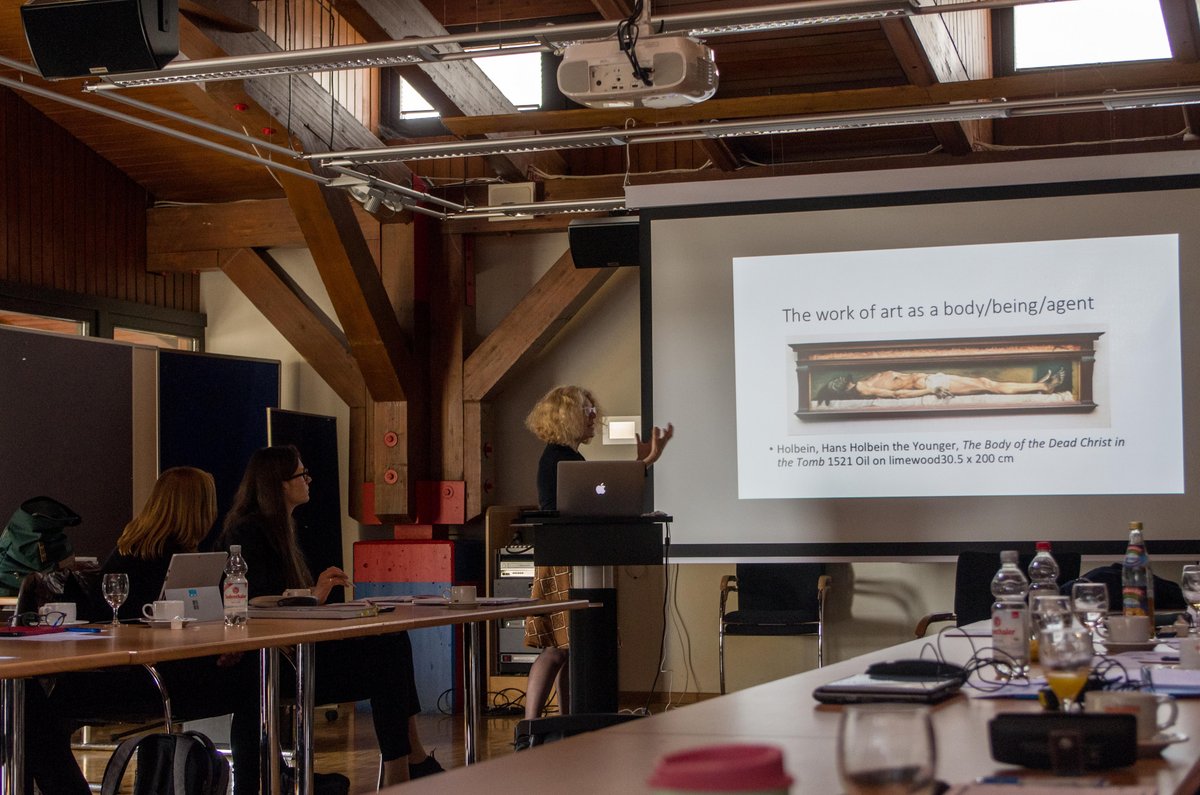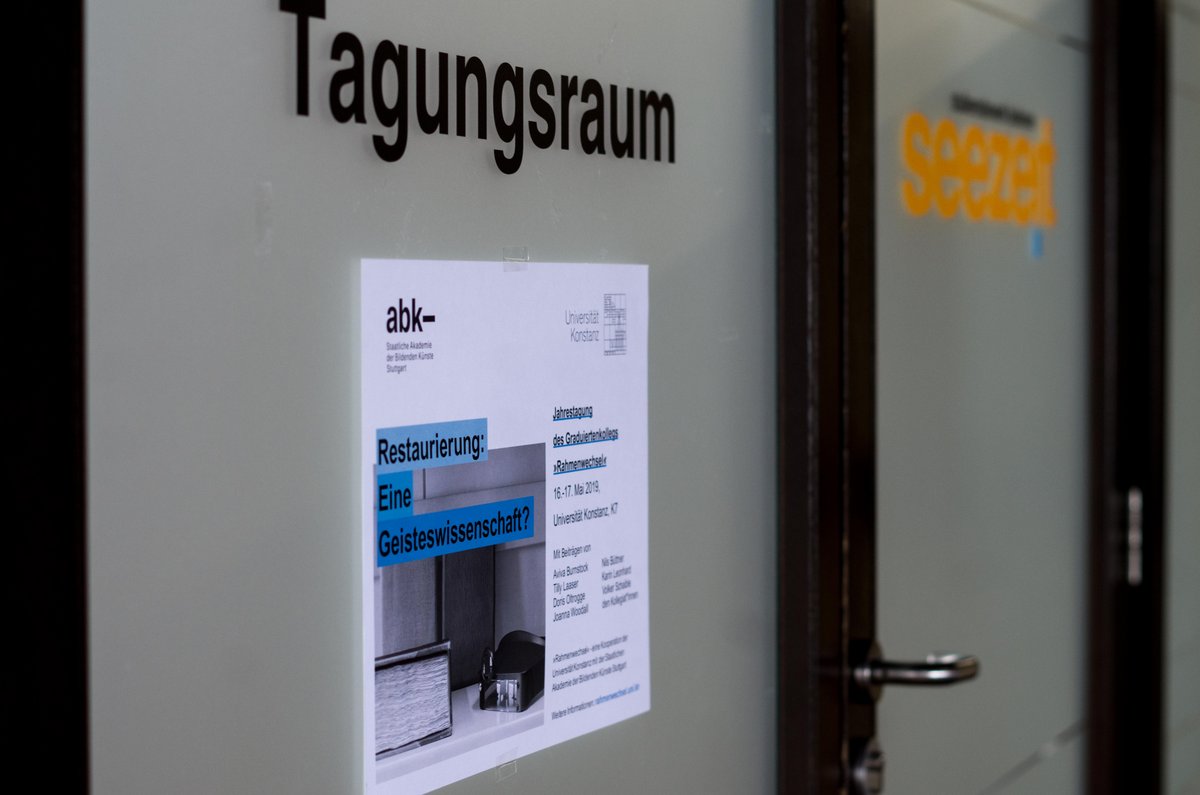
Conference Report: “Restaurierung: Eine Geisteswissenschaft?” (Conservation: A Humanities Discipline?)
The first annual meeting of the Graduate Research Programme “Changing Frames” took place at the University of Konstanz on 16 and 17 May 2019. In providing answers to the question “Conservation: A Humanities Discipline?”, participants not only focused on the field of...
Conference Report: “Restaurierung: Eine Geisteswissenschaft?” (Conservation: A Humanities Discipline?)
The first annual meeting of the Graduate Research Programme “Changing Frames” took place at the University of Konstanz on 16 and 17 May 2019. In providing answers to the question “Conservation: A Humanities Discipline?”, participants not only focused on the field of conservation and art history in the Graduate Research Programme “Changing Frames” but also included international and interdisciplinary perspectives on professional practices in both fields. The increasing visibility of conservation in both academic research and in the media was explained in an introductory lecture by Karin Leonhard (University of Konstanz).
Members and associates of the “Changing Frames” programme brought a wide variety of perspectives to the discussion “Restaurierung trifft Kunstwissenschaft” (Conservation Meets Art History). The aim was to develop a common definition of conservation in its relation to the humanities while taking into account the various personal careers of the art historians and conservators at the Graduate Research Programme.
A second panel discussion followed directly afterwards. Doris Oltrogge (Technische Hochschule Köln, CICS) reflected upon the question “What kind of science should conservation be?” by describing her practical work at the Cologne Institute of Conservation Sciences (CICS) and highlighting the relevance of humanities aspects within the considerations of conservators. Aviva Burnstock (Courtauld Institute, London) described the wide spectrum and pronouncedly English-speaking tradition of her profession as art conservator in the presentation “Collaboration: Art and Science”. In contrast to the usual convention in Germany of splitting the practical work of art historians and conservators, the Courtauld Institute brings them together. Burnstock provided concrete examples for this collaboration.
At the beginning of the third panel discussion, Nils Büttner provided insights into traditional art historical perspectives. Departing from his research on Rubens, Büttner fanned out art-historical issues and reflected on their controversiality with regard to the attribution and provenance of artworks. The ensuing discussion of the term “technical art history” drew together many of the topics touched upon in the previous presentations: Which questions are posed in different disciplines, which methods are used, where do the disciplines interconnect in concrete practice? And what would be an appropriate term for an academic discipline of its own that focuses on research on art while technically examining and evaluating it? This special meeting brought together participants from different institutions and countries who enriched the discussion with practical examples and the corresponding English terms.
The second day began with a fourth panel discussion which Volker Schaible (ABK Stuttgart) and opened with a historical overview of the origins of art technological research. Tilly Laaser continued the discussion with her presentation “Restaurierung: ein Kind vieler Mütter” (Conservation – a Child of Many Mothers) on the classification of academic disciplines.
Joanna Woodall (Courtauld Institute, London) opened the fifth and final panel discussion. Her talk “Conservation in an Expanded Field” gave a further English perspective on the conference topic, highlighting, in particular, the importance of the material. Karin Leonhard’s final lecture “Disciplines reshuffled” closely examined early modern playing cards from the perspectives of conservation and art history. By departing from a concrete case study, the talk identified new interplays between the disciplines and brought together the thematic threads of the previous discussions.
The event closed with a joint excursion to the UNESCO World Heritage Site of the Monastic Island of Reichenau, where the group visited the frescoes in the church of St. Georg.
Elisa von Minnigerode



